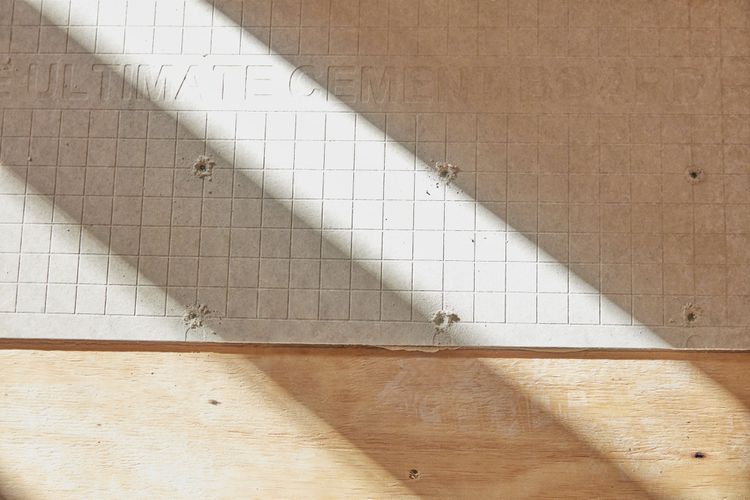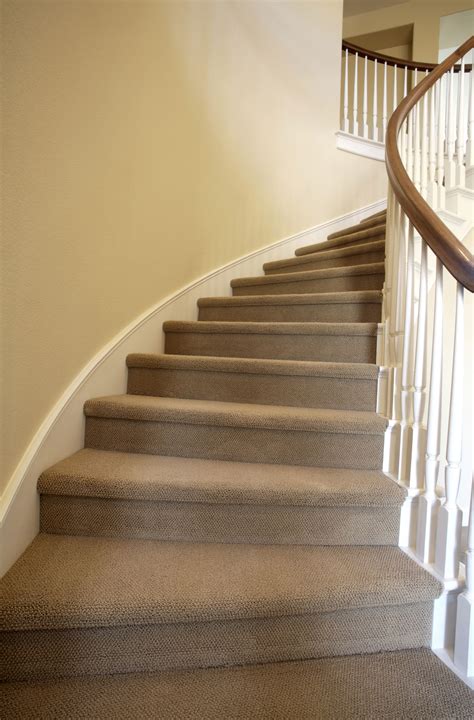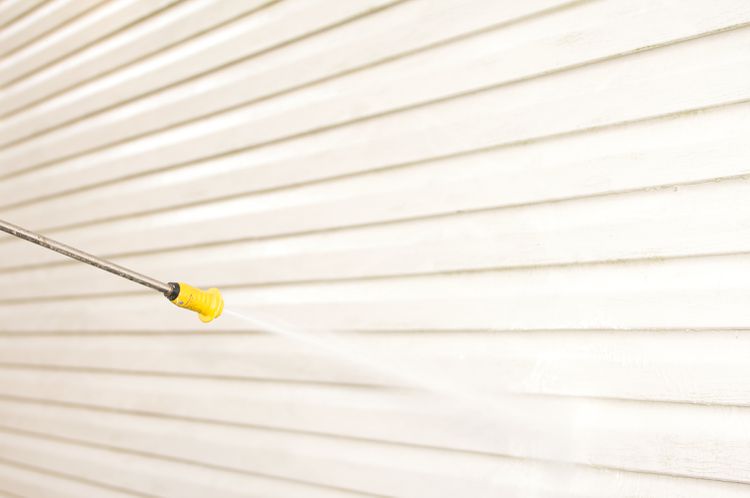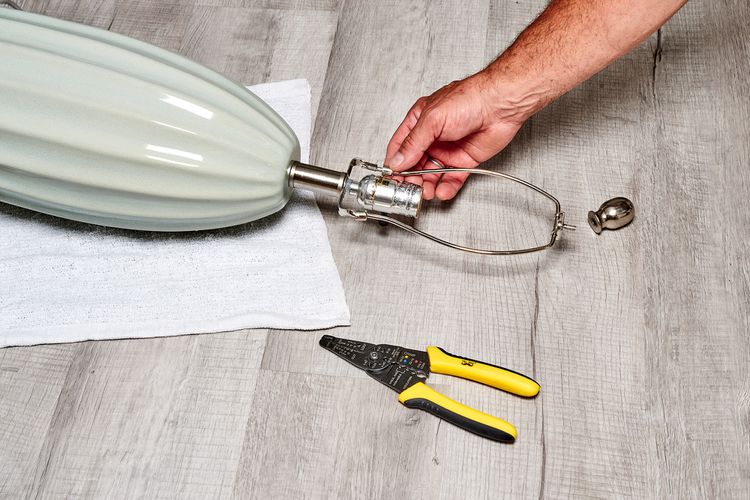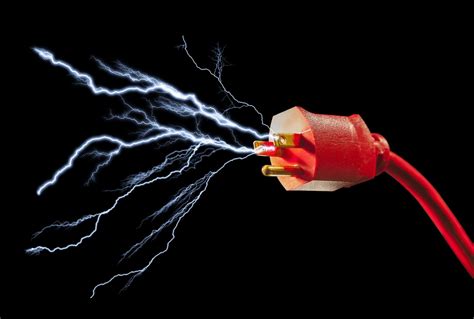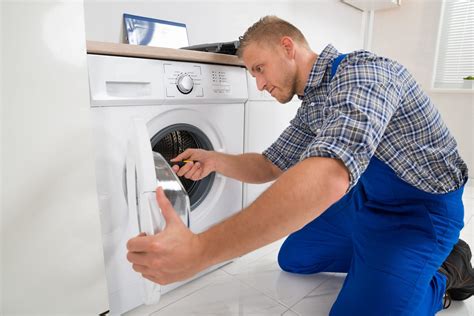
Safety Considerations
1. Safety First
Before attempting any repairs on your washing machine, ensure that it is disconnected from the power source. Unplug the machine or turn off the circuit breaker dedicated to the appliance to avoid the risk of electric shock.
2. Use Protective Gear
When working on your washing machine, it’s advisable to wear protective gloves and safety goggles. These will help prevent injury and protect you from any potential hazards.
Fixing a Washing Machine That Will Not Start
Make Sure the Machine Is Plugged In
Check if the washing machine is securely plugged into a functioning power outlet. Ensure that the power cord is not damaged or frayed.
Check the Circuit Breaker
Inspect the circuit breaker to see if it has tripped. If so, reset the breaker and try starting the machine again.
Check the Lid
If your washing machine has a lid or door lock mechanism, make sure it is fully closed and engaged. Some machines will not start if the lid is not properly secured.
Fixing a Washing Machine That Doesn’t Clean Clothes
Check for Overloading
Overloading the washing machine can prevent it from cleaning clothes effectively. Make sure you’re not exceeding the recommended load capacity for your machine.
Adjust the Detergent
Using too much or too little detergent can affect the cleaning performance. Follow the manufacturer’s guidelines for the correct amount of detergent based on the load size and soil level.
Wash Pet Products Separately
If you wash pet bedding or items with excessive hair, it can lead to poor cleaning results. Wash these items separately to prevent clogging the machine or transferring debris to other clothes.
Fixing a Washing Machine That Will Not Spin
Redistribute the Clothing
Unevenly distributed clothing inside the machine can cause balance issues and prevent proper spinning. Open the machine, rearrange the load, and ensure that the weight is evenly distributed.
Make Sure the Machine Is Level
Check if the washing machine is level by using a bubble level. Adjust the machine’s leveling feet or use shims to balance it if necessary. An unlevel machine can lead to spinning problems.
Ensure Proper Drainage
Blocked or clogged drainage can impede the spinning process. Check the drain hose for any obstructions and ensure that it is not kinked or damaged.
Fixing a Washing Machine That Makes Loud Noises
Consider Lubricating or Replacing the Tub Bearings
Worn-out tub bearings can cause loud noises during the wash cycle. Lubricating them may temporarily reduce the noise, but replacing them is recommended for a long-term solution.
Check the Belts
Inspect the drive belt and other belts in your washing machine. If they are worn, frayed, or loose, they may need to be replaced to eliminate the noise.
Fixing a Washing Machine That Will Not Agitate
Test the Function of the Cogs
Check the agitator cogs or dogs located inside the agitator. If they are broken or worn, they may need to be replaced to restore proper agitation.
Reset the Machine
Sometimes, a simple reset can fix agit
ator issues. Turn off the machine, unplug it, wait a few minutes, and then plug it back in. Restart the machine to see if it begins agitating.
Fixing a Washing Machine That Fills With Water But Will Not Drain
Look for Clogs
Inspect the drain pump, drain hose, and other components for any clogs or blockages. Clear away any debris that may be preventing proper drainage.
Check the Tube
Ensure that the drainage tube is not kinked or obstructed. Straighten any kinks and remove any obstructions to allow the water to flow freely.
Fixing a Washing Machine That Vibrates, Shakes, or Walks
Ensure the Machine Is Balanced
Check if the washing machine is level by using a bubble level. Adjust the leveling feet or use shims to balance the machine and prevent excessive vibrations.
Tighten Any Connection Straps
Inspect the connection straps and bolts that secure the machine to its base or platform. If they are loose, tighten them to minimize shaking and movement.
Ensure the Load is Balanced
Unevenly distributed clothing can cause the machine to vibrate or shake excessively. Open the machine, rearrange the load, and ensure that the weight is evenly distributed.
Consider an Anti-Vibration Pad
Placing an anti-vibration pad under the washing machine can help absorb vibrations and reduce noise. These pads are available in home improvement stores or online.
When to Call a Professional
While many washing machine issues can be resolved through DIY repairs, there are instances where professional assistance is necessary. Consider contacting a professional if:
– The problem persists even after attempting the recommended fixes.
– The repair requires specialized tools or technical knowledge.
– The washing machine is under warranty, and DIY repairs may void the warranty.
FAQ
1. How often should I clean my washing machine?
It is recommended to clean your washing machine at least once every three months. Regular cleaning helps prevent buildup of dirt, detergent residue, and mold, ensuring optimal performance.
2. Why is my washing machine leaking water?
Leakage can occur due to various reasons, such as a faulty inlet valve, damaged hoses, or a worn-out door seal. Inspect these components for any signs of damage or deterioration and replace them if necessary.
3. Why does my washing machine have a foul odor?
A foul odor in your washing machine can be caused by mold, mildew, or bacteria growth. Regularly clean the drum, gasket, and detergent dispenser to eliminate odors. Using specialized cleaning agents designed for washing machine odor removal can also help.

